Home > Auctions > 5 - 9 September 2023
Ancient Art, Antiquities, Natural History & Coins
Auction Highlights:
Acquired in Munich in the 1970s.
From an old European collection.
Property of an important West London collector.
This lot has been checked against the Interpol Database of stolen works of art and is accompanied by search certificate number no. 11831-206924.
Cf. Ajbabin A., ‘I Goti in Crimea (secoli V-VII) [The Goths in Crimea (5th-7th centuries)’ in I Goti (The Goths), Milano Palazzo Reale 28 gennaio- 8 maggio 1994, (Milan Palazzo Reale 28 January-8 May 1994), Milano, 1994, pp.110-135; Menghin, W., The Merovingian Period. Europe Without Borders, Berlin, 2007, item I.7.1.
Numerous examples of these buckles, together with stirrup fibulae with buttons, were found in the necropolis of the Bosphorus, brought from the Danube area in the first and second half of the 6th century. They were part of the equipment of burials in crypts or inhumation tombs, dated from the end of the 6th century to the 7th century. Accurate comparisons can be made with a specimen recovered in burial tomb 315 of Eski Kermen, (first half of the 7th century), a grave belonging to a woman of Alan ethnic group, buried with Gothic ornaments.
From the collection of a North American gentleman, formed in the 1990s.
Cf. Sedov, B.B., Finno-Ugri i Balti v Epokhi Srednevekovija, Moscow, 1987, pl.XCI (1), for type.
Private collection formed in Europe in the 1980s.
Westminster collection, central London, UK.
From the collection of a North American gentleman, formed in the 1990s.
Cf. Korshyn, V.E., Yazicheskiye Priveski Drevniye Rysi X-XIV Vekov, Moscow, 2013, items K-4.
There is a class of discoid pendants with banded borders and contorted figures found in the hinterland of the Baltic region, associated with the influence of Scandinavian settlers. The design of these items recalls specific elements of Scandinavian art - for example, the 'gripping hands' motif is a feature of the Oseberg Style named after the famous Norwegian ship-burial. Oseberg Style is associated with the beginnings of the Viking age, and was current in the 9th century when Scandinavian settlers began to establish centres of trade and political control in the area of the rivers Dnieper and Volga. The motif has been interpreted as a horse and linked with various legends and mythic figures.
From the collection of a North American gentleman, formed in the 1990s.
Cf. Korshyn, V.E., Yazicheskiye Priveski Drevniye Rysi X-XIV Vekov, Moscow, 2013, item M-12.
From the private collection of a London gentleman, from his grandfather's collection formed before the early 1970s.
In Norse mythology, these two ravens were sent on daily flights around the world by the god Odin. Believed to have been granted the power of speech by Odin, the birds would perch on the god's shoulders to relay news gathered on their travels.
Acquired in the 1980s.
Ex S. Sherlock collection, Stoke-on-Trent, UK.
This lot has been checked against the Interpol Database of stolen works of art and is accompanied by search certificate no.11891-205888.
Cf. Murray, J., The Arts in Early England, Volume 1, London, 1921, p. XIV, showing Ruthwell cross with this type of 'winged' arm, made clearer in sketch form on p.117; cf. Murray, J., The Arts in Early England, Volume 2, London, 1937, pl. CVI, for similar form at Cropthorne; Cramp, R., New Directions in the Study of Anglo-Saxon Sculpture, in Transactions of the Leicestershire Archaeological and Historical Society, vol 64, 2010, fig.5, for a similar cross at Ruthwell, Dumfriesshire.
The lateral scoops form a partial round hole, one of four which give these crosses their characteristic form.
Found near Lakenheath, Suffolk, UK, circa 2012.
This lot has been checked against the Interpol Database of stolen works of art and is accompanied by search certificate no.11892-204383.
Cf. West, S., A Corpus of Anglo-Saxon Finds From Suffolk, East Anglian Archaeology 84, Ipswich, 1998, pl.23(10) and pl.52 (11,12).
The use of enamel is unusual in early Anglo-Saxon contexts, except in parts of East Anglia where it may have been preferred as an alternative to garnet cloisonné.
Found near Grimsby, Lincolnshire, UK, circa 2010.
This lot has been checked against the Interpol Database of stolen works of art and is accompanied by search certificate no.11893-204384.
Cf. MacGregor, A. & Bolick, E., A Summary Catalogue of the Anglo-Saxon Collections (Non-Ferrous Metals), Oxford, 1993, item 47.19, for type; Pollington, S., Mead Hall – Feasting in Anglo-Saxon England, Hockwold-cum-Wilton, 2003, for discussion; Pollington, S., Kerr, L. & Hammond, B., Wayland's Work: Anglo-Saxon Art, Myth & Material Culture from the 4th to 7th century, Ely, 2010, p.279-281.
Bowl mounts in groups of three are believed to have adorned the rim of bronze cauldrons which were used for the public dispensing of beer or mead at feasts. They are usually decorated in a manner which suggests that they were made in the north or northwest of Britain, and were either traded with the Anglo-Saxon kingdoms or, more likely, they formed part of the circulation of prestige goods among leading families in ritualised gift exchange.
Private collection formed in Europe in the 1980s.
Westminster collection, central London, UK.
This lot has been checked against the Interpol Database of stolen works of art and is accompanied by search certificate no.11894-206847.
Cf. The British Museum, museum number 1810,1110.3, for a broadly similar example.
Private collection formed in Europe in the 1980s.
Westminster collection, central London, UK.
Private collection formed in Europe in the 1980s.
Westminster collection, central London, UK.
Cf. William, G. et al., Vikings Life and Legend, The British Museum, London, 2014, p.110, item 56, for similar, dated 11th century A.D.
181 - 192 of 2453 LOTS

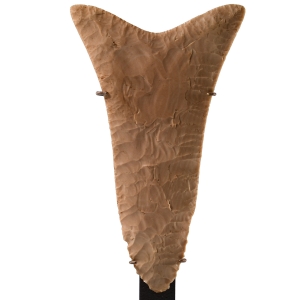
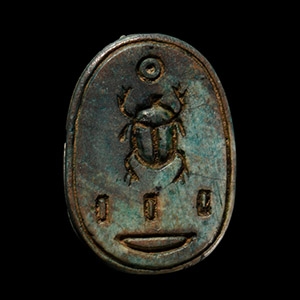
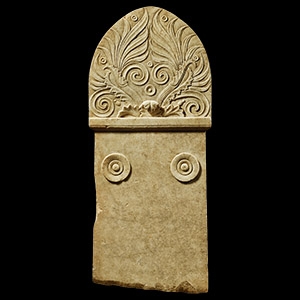
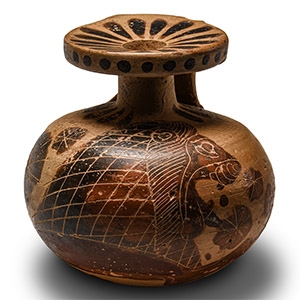
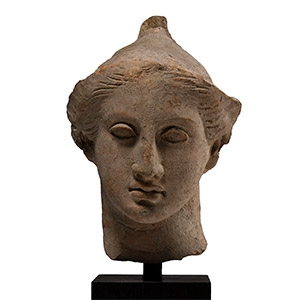
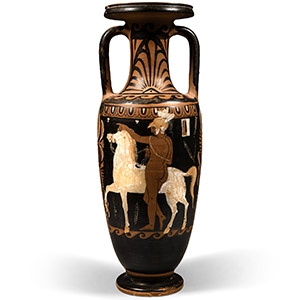
.jpg)
.jpg)
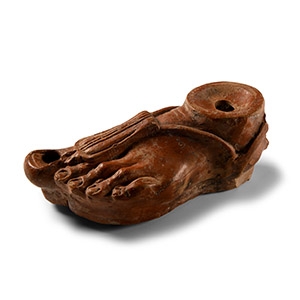
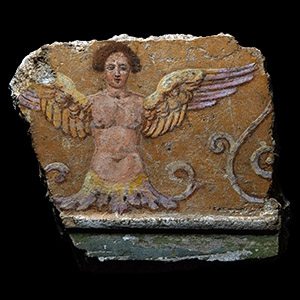
.jpg)
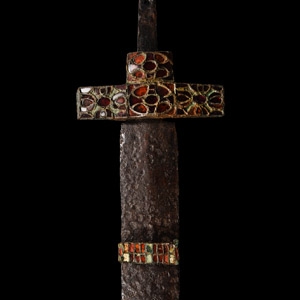
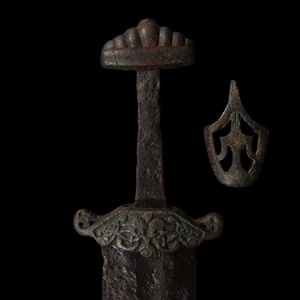
.jpg)
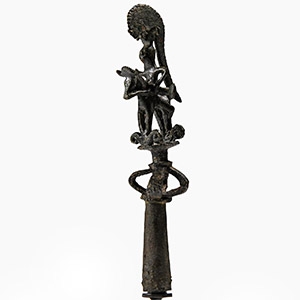


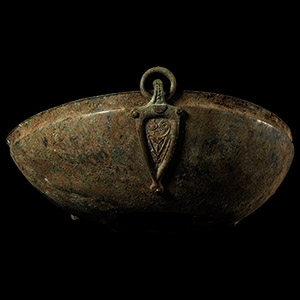
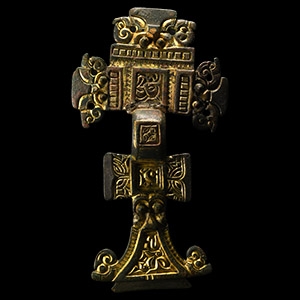
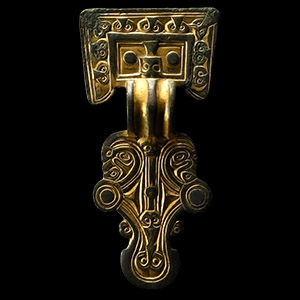
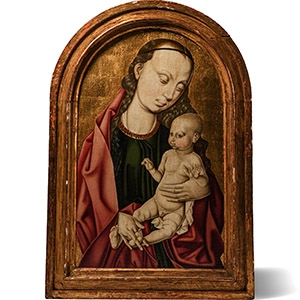

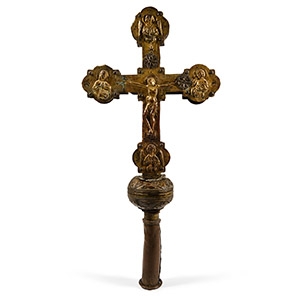
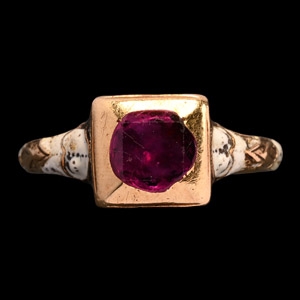
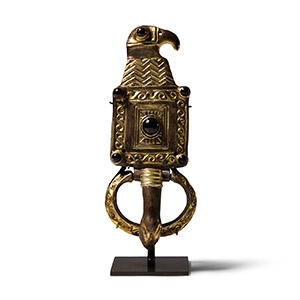
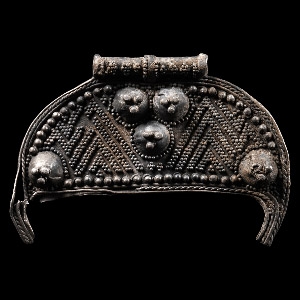

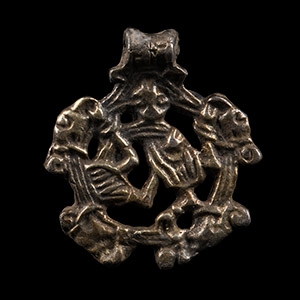
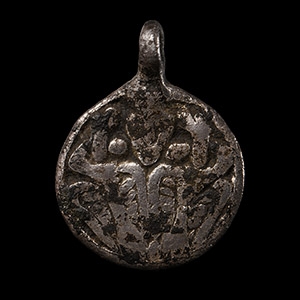
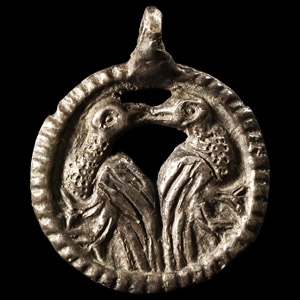

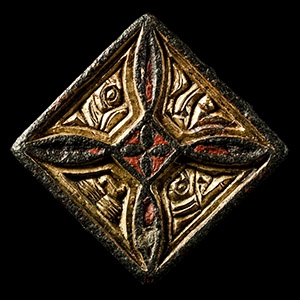
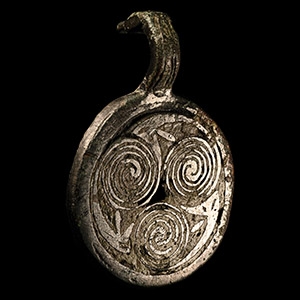
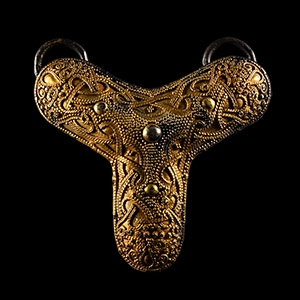
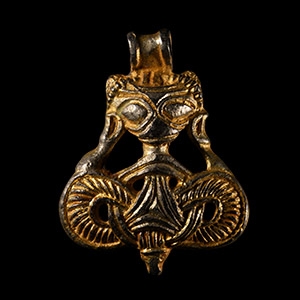
.jpg)



